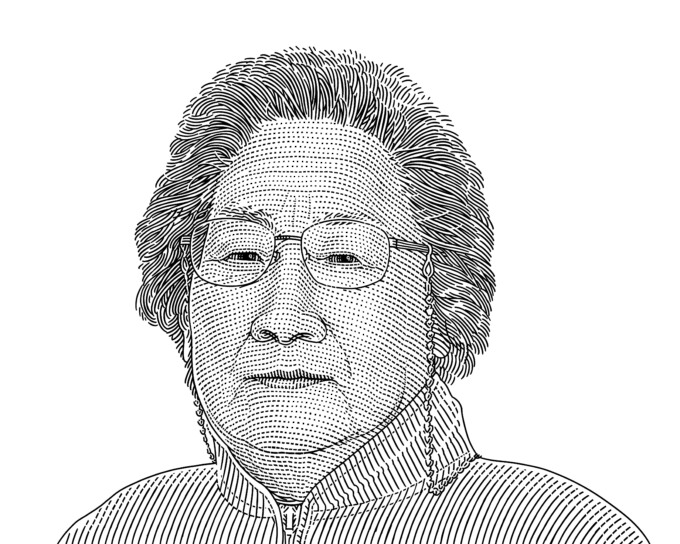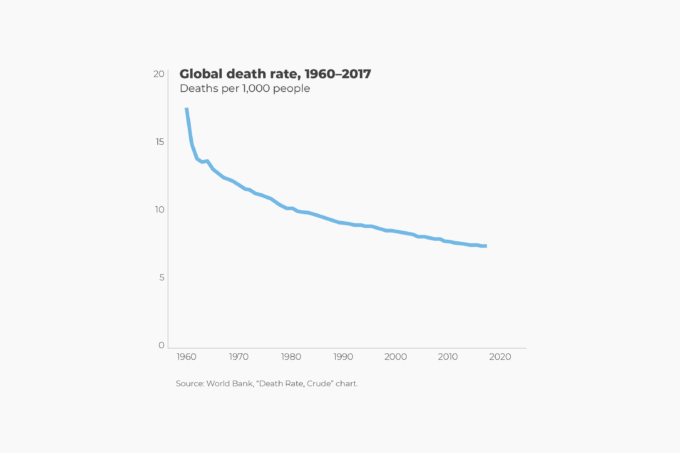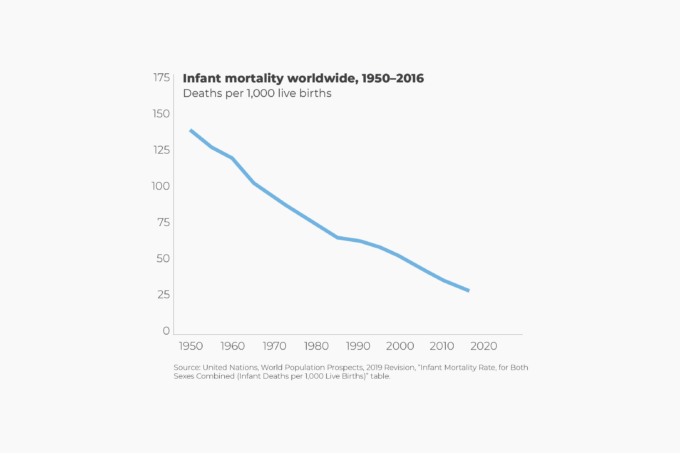Malaria kills hundreds of thousands of people each year—many of them children. In addition to death and human suffering, malaria retards economic development in poor countries by reducing overall labor productivity, discouraging investments and tourism, and impairing schooling because of high degrees of absenteeism among students and teachers.
Researchers estimate that the economic costs of malaria range from 0.41 percent of gross domestic product in Ghana to a staggering 8.9 percent in Chad. Moreover, it is estimated that in the absence of malaria and HIV, foreign direct investment in the median Sub-Saharan African country could rise by as much as a third, thus generating higher growth and more economic opportunities for the local population.
The word “malaria” comes from the Italian words for bad (mal) and air (aria), for it was thought that the disease was caused by foul air emanating from swamps and bogs. In 1897, Ronald Ross, a British physician, identified mosquitoes as carriers of the disease. Early efforts to control the spread of malaria included draining swamps where mosquito larvae hatched and installing window screens on human dwellings.
The invention of the world’s first long-lasting synthetic insecticide DDT (dichlorodiphenyltrichloroethane) in the mid-20th century greatly accelerated the fight against the disease. Spraying small amounts of the insecticide on the inside walls of houses repelled, irritated, or killed the mosquitoes. In the 1960s, the use of DDT was restricted when researchers discovered that it had unintended deleterious effects on some wildlife, especially some bird species.
Subsequently, new medicines and insecticides, and the use of insecticide-treated bed nets, became more popular. Mosquitoes are apt to develop resistance to new insecticides relatively quickly, so new tools—such as vaccines and genetically altered mosquitoes—might be needed in the future.
Nevertheless, progress in the fight against malaria is being made. According to the Institute for Health Metrics and Evaluation, deaths from malaria declined from 673,000 in 1990 to 620,000 in 2017.1 In the meantime, the world’s population rose from 5.39 billion to 7.53 billion. That means that the malaria death rate dropped from 12.6 per 100,000 in 1990 to 8.2 per 100,000 in 2017.
- Institute for Health Metrics and Evaluation, “GBD Results Tool; Location: Global; Year: 1990–2017; Cause; Age: All Ages; Metric: Number; Measure: Deaths; Sex: Both; Cause: A.4.1 Malaria,” Global Burden of Disease Study results, 2017, https://ghdx.healthdata.org








